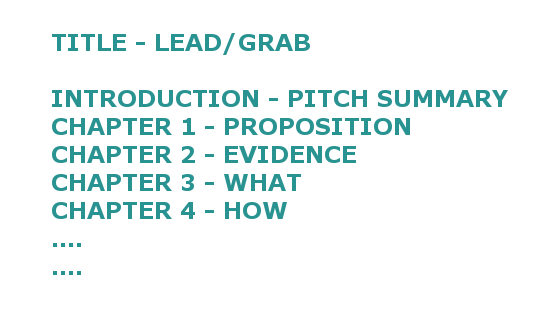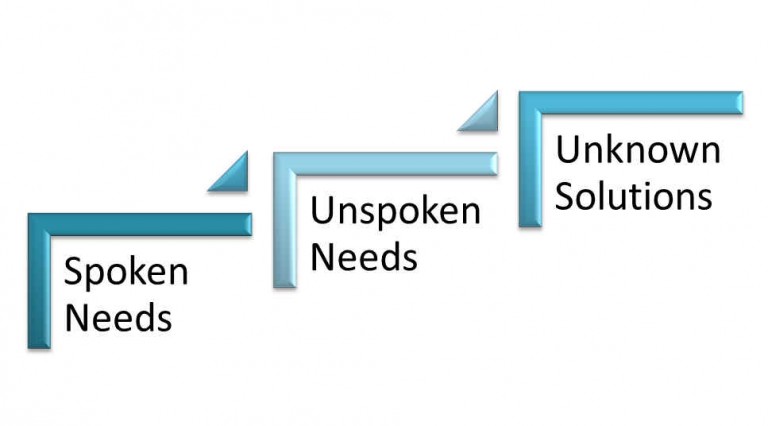Are you getting lost in the book you’re trying to write?
Once upon a time I was a programmer. I wrote long programs to do complex data processing. Now I’m an author and copywriter – and I’m still organising and translating complexity.
When I started writing complex programs, I was taught that the best way to work was to those programs from their headings downward. (Don’t panic, no scary complicated stuff coming!) The headings were a short phrase summarising what the section was for.
I started writing complex programs, I was taught that the best way to work was to those programs from their headings downward. (Don’t panic, no scary complicated stuff coming!) The headings were a short phrase summarising what the section was for.
So to calculate an invoice total for a sales order, we would:
Process each order line:
Calculate the line total
Calculate the tax on the line total
Repeat
Calculate the order total
Starting work on a new business book (on the emotionally loaded area of climate change) recently, I found that I was getting overwhelmed by what to write. There was so much I COULD write that I kept getting lost in WHAT to write.
Back to the future
So I went back to how I used to write programs, and started to organise my chapter headings by their function. I deliberately DIDN’T put in the content of what I was going to write.
Introduction – why business readers will benefit from this book
Benefit explanation 1
Benefit explanation 2
Benefit explanation 3
Chapter 1 – What’s stopping business people seeing opportunities
Reason 1
Reason 2
Reason 3
Chapter 2 – Proof of businesses making money from sustainability
Proof 1
Proof 2
Proof 3
Organise the PURPOSE of what you’re writing
Are you writing something long? Something targeted to achieve a particular purpose? Something that you know so much about that getting organised is important.
Organising what you’re writing into sections based on section purpose (instead of section content) might help you move forward more effectively.






